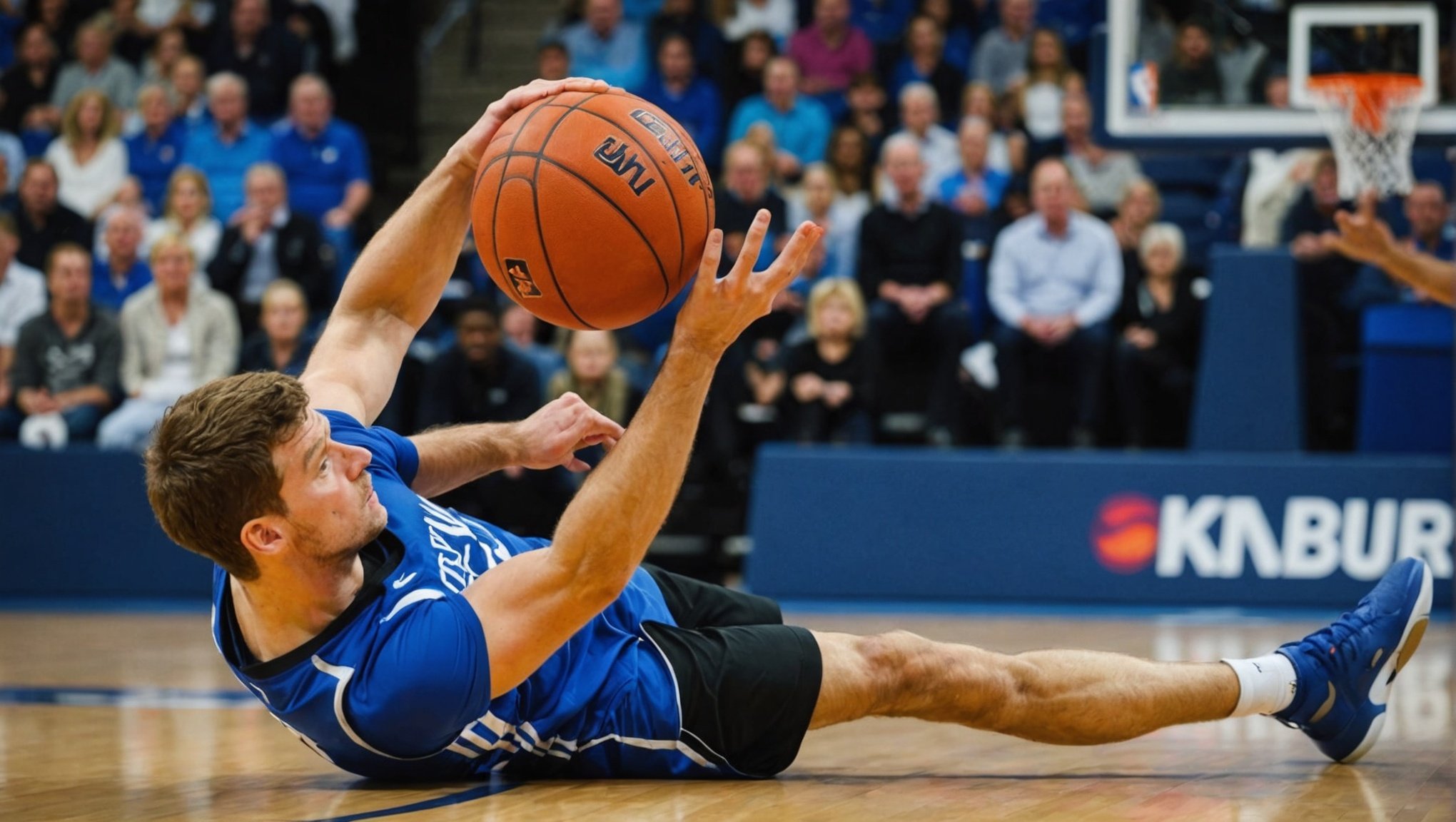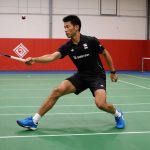Importance of Flexibility for Basketball Players
In basketball, flexibility is crucial for enhancing performance and ensuring injury prevention. Athletes with increased flexibility often experience better endurance and speed, which are critical components in a fast-paced game. When muscles and joints are flexible, players can achieve a greater range of motion, allowing them to manoeuvre more effectively on the court. This capability can lead to improved dribbling, shooting, and defensive actions.
The statistics on injuries reveal a compelling connection between inadequate flexibility and increased injury risk. Studies indicate that basketball players lacking flexibility are more prone to suffer from strains and sprains, particularly in their lower limbs. These injuries are often preventable with regular stretching routines and flexibility training, which enhance joint stability and muscle elasticity.
In the same genre : Boosting Speed: Techniques for UK Basketball Players to Enhance Their First Step in Offense
Beyond performance enhancements, flexibility plays a significant role in the broader scope of athletic development. It contributes to an athlete’s overall athletic development by supporting muscle recovery and improving movement efficiency. Incorporating regular flexibility exercises can also reduce fatigue and lower stress levels during intensive matches, ultimately extending the players’ on-court effectiveness. Therefore, developing a routine that focuses on flexibility can be an invaluable strategy for basketball players aiming to optimise their game and prolong their careers.
Effective Stretching Techniques
Exploring various stretching exercises can significantly enhance athletic performance and reduce injury risk. Understanding the difference between dynamic stretching and static stretching is crucial for athletes, especially basketball players who rely on both agility and power.
Have you seen this : Enhancing Scouting and Recruitment Strategies for Young Talent in UK Basketball Academies
Dynamic Warm-up Routines
Engaging in dynamic stretching as a part of warm-up routines prepares athletes for high-intensity movements. Unlike static stretching, dynamic stretches focus on mimicking sports-specific actions, enhancing muscle readiness. Recommended stretches include high knees, lunges with twists, and leg swings. These exercises activate the appropriate muscle groups, leading to improved flexibility and strength.
Static Stretching Post-Game
After intense gameplay, static stretching helps initiate recovery by gradually releasing tension from muscles. This form of stretching involves holding positions for extended periods, allowing muscles to cool down effectively. Techniques like hamstring stretches and standing quadriceps stretches are beneficial for basketball players, aiding in reducing soreness and improving joint range.
Specialized Stretching Techniques for Basketball
Basketball demands unique stretching techniques tailored to the sport’s requirements. Incorporating routines such as arm circles and ankle rotations can minimize the risk of injuries. These specialized techniques maintain muscle balance and enhance flexibility, contributing to overall athletic performance. Regular practice of such targeted stretches can maximize performance and longevity in basketball careers.
Targeted Exercises to Enhance Flexibility
Engaging in specific flexibility exercises can significantly improve both your range of motion and overall athletic performance, whether it’s on or off the field. Regular practice is essential for maintaining suppleness and avoiding injuries.
Lower Body Flexibility Exercises
Focusing on the lower body, start with exercises targeting the hips, hamstrings, and quadriceps. Hip flexibility can be enhanced through deep lunges, ensuring they’re performed slowly to extend range of motion. For the hamstrings, try seated or standing toe touches, maintaining a steady breath to encourage deeper stretches. Quadriceps flexibility benefits from standing quadriceps stretches, where you gently pull your foot towards your hip.
Upper Body Flexibility Exercises
Upper body flexibility is equally important. Enhanced strength training can bolster shooting and passing in sports. Arm and shoulder stretches, such as cross-body shoulder stretches and tricep stretches, improve dexterity and power. Incorporating these into daily routines can lead to substantial improvements.
Core Stretching Techniques
Core muscles are the linchpins for stability and balance. Techniques such as the cat-cow stretch, seated torso twists, and bicycle crunches significantly strengthen and elongate these muscles. Consistent core stretching not only aids in flexibility but also enhances body control, crucial for complex movements.
Incorporating Flexibility into Training Regimens
Enhancing your _training plans* with flexibility sessions offers numerous benefits, especially in sports like basketball. Integrating these sessions requires mindfulness of your overall routine to optimise performance without overexerting your muscles. A balanced approach to _routine integration* includes flexibility exercises, ensuring agility and reducing injury risks during intense workouts.
Consistent flexibility training is imperative. Regularly incorporate stretching and mobility work into your sessions, both before and after your primary workout. Pre-workout stretches like dynamic exercises can prepare muscles, while post-workout routines clear tension and assist recovery.
Here’s a sample training schedule that seamlessly integrates flexibility:
- Day 1: Warm-up, high-intensity drills, cool-down stretches
- Day 2: Skills-focused basketball drills, static stretching
- Day 3: Rest or light yoga
- Day 4: Strength training with mobility work
- Day 5: Conditioning exercises, foam rolling
- Weekend: Rest days incorporating flexibility through recreational activities
Blending flexibility into your regimen results in well-rounded athletic development. Effective training isn’t merely about drilling techniques or increasing strength. Implementing flexibility not only enhances basketball drills’ efficacy but cultivates a holistic approach to fitness, fostering endurance and safeguarding against strain.
Expert Insights and Testimonials
Expert insights offer valuable knowledge about the significance of injury prevention strategies. Fitness coaches highlight that incorporating flexibility routines into training regimes is crucial. They emphasise that flexibility enhances a player’s range of motion, allowing for smoother movements and fewer tears or strains.
Interviews with Fitness Coaches
Interviews reveal that fitness professionals consider flexibility an integral part of injury prevention. Many coaches recommend integrating dynamic stretching and yoga into daily workouts, as these techniques enhance joint mobility and strengthen the core. Such routines prepare athletes to handle various physical demands during play.
Testimonials from Professional Players
Professional players often share their positive experiences with injury prevention strategies. After adopting comprehensive flexibility routines, many players notice reduced injury rates and better performance. For instance, one football player remarked that improved flexibility not only decreased his downtime due to injuries but also refined his overall gameplay technique.
Case Studies of Successful Implementation
Case studies illustrate the real-world benefits of implementing structured flexibility programs. In one case, a team that embraced these strategies reported a significant decline in muscular injuries over a season. Additionally, these players demonstrated heightened resilience, managing to sustain high-performance levels while maintaining an optimal physical condition. Implementing such programs evidently helps maximise athletic potential while minimising health risks.











